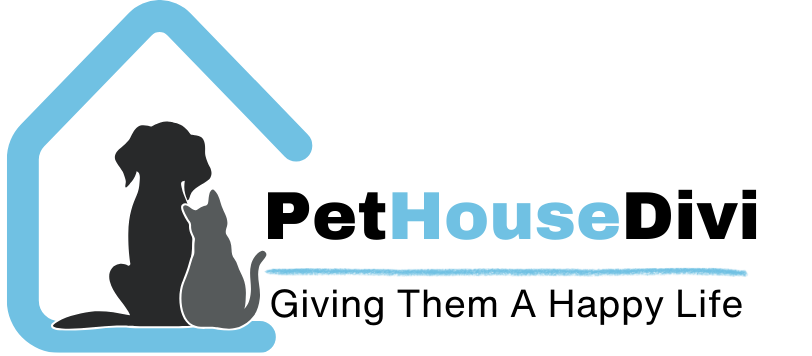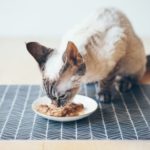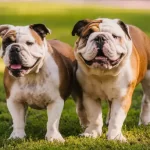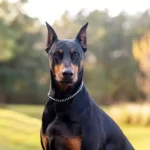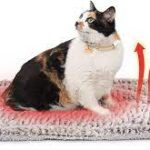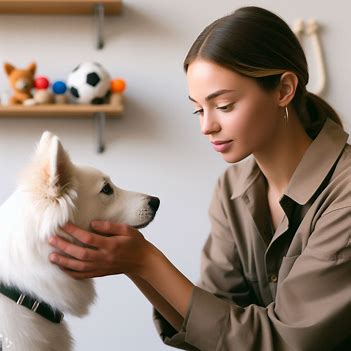
Sarah Mitchell
Professional Pet BehavioristI'm Sarah Mitchell, your dedicated guide to understanding and improving your pet's behavior. As a Certified Pet Behavior Consultant (CPBC), I've spent years working closely...
The cat is an obligate carnivore, which means that it must feed on prey, and because of this the cat range is very large. The cat is actually domesticated species of large carnivorous mammal known as feline. It is probably the only fully domesticated species in the entire feline family and is thus referred to both as the domestic cat and the domestic cats to differentiate it from its wild forefathers. Domestic cats are used for a variety of tasks and are sometimes used as show animals as well.
Historically, there were no true domestic cats: around and so many of the native wild cats that roamed the earth were actually kept in captivity by humans. Virtually all of the world’s domestic cats are members of a genetic lineage of felines that was created through human interference. A good example of this is the American Pit Bull Terrier, which was actually created through a genetic crossing between an American Pit Bull and a domestic dog. Today many shelters for abandoned and abused cats will breed these dogs for people to use as house cats. But for most of us, the idea of owning a house cat is simply not an option, and so the stray or feral cats.
That wander the streets of our towns and cities are a great source for adopting a cat or two.
- Some breeds of domestic cats are more sleek than others, with smooth and hairless coats. This does not mean that all sleek coated breeds are less attractive, but rather that their natural habitat – the outdoors – will have differences from the indoor environment that they live in.
- They should be brushed on a regular basis to keep their coats in top condition. It is not a necessity to brush them excessively though. In fact, very little grooming is actually required on the part of the owner. They should receive all of the attention they need from you, including being bathed regularly.
It was not until the nineteenth century: that science began to study wild cats in their natural habitats. By comparing what they observed in the wild with what they knew about domestic cats, experts were able to formulate a hypothesis about the domestication of felines. This hypothesis was based on similarities between the structure and behavior of domesticated cats and their wild ancestors. The modern Felis catus is thought to be the ancestor of all modern cats. It would not be surprising if we eventually came to think of felis catus as just one of the many different types of domesticated cats that have lived over the course of history.
Connected Narratives
No one knows exactly how long back domestication took place: Most studies of wild cats suggest that it happened somewhere between six thousand and ten thousand years ago. If the theory that domestic cats developed from Felis catus ancestors is true, then most of today’s domestic cats are descendants of a group of wild cats that were domesticated. Over the course of time, various other breeds of domestic cats were bred to produce different types.
Domestication did not end with the spread of domestic cats around the world: Because of the interbreeding that occurred during earlier breeding attempts, some genetic traits of domestic cats went on to become recessive in other breeds of domestic cats. It would be important, for example, to find out whether the black and white spotted coat of a Maine Coon is truly a result of genetic inheritance or if it is a result of a crossbreeding event that occurred when the Maine Coon crossed with a mainland snowboar.
The research done at the Cornell University College of Agriculture could help us figure out how and when cats go domestic.
